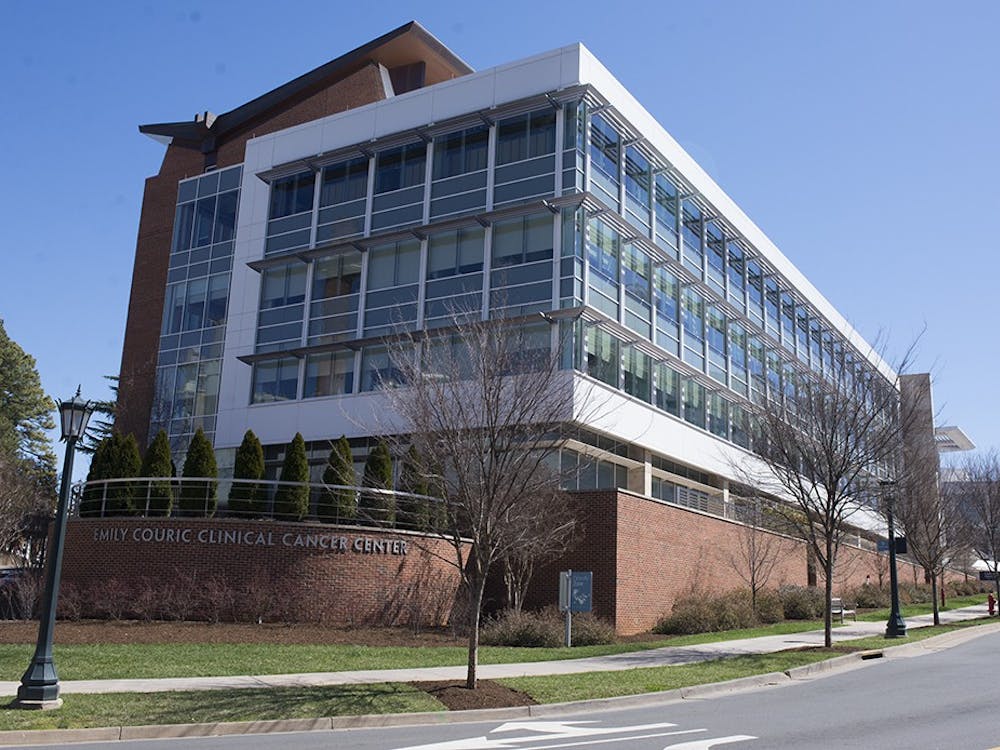The first public service announcement I saw about celiac disease involved a woman who might have been famous at one point asking viewers if they have ever suffered from gas, bloating or diarrhea, and if so, they might have celiac disease. In my mind, that commercial accomplished two things: it informed people who have the disease of the steps to take to relieve their symptoms, and it allowed normal people who occasionally have gastrointestinal issues to think their gassiness was caused by something other than the chili they ate last night.
The solution for those who really suffer from celiac disease - an autoimmune disease that results in inflammation and atrophy of the villi in the small bowel - is a gluten-free diet. The gluten-free diet sounds simple enough because the only requirement is to avoid gluten. But to avoid it, one must first define it. Gluten is a composite protein of gliadin and glutenin found with starch in many grains, especially wheat, rye and barley. Gluten is also found in many other grains used in foods, including semolina, which is used to make pasta, and matzo meal used to make matzo balls. Because of the wide use of grains in many of the world's tastiest foods, the gluten-free diet may sound pretty miserable. The list of foods to avoid does not only include obvious ones like breads, cereals and pastas, but also cookies, cakes, pies, candy, sauces, imitation meats and seafoods, and most devastating to college students: beer!
Like many diets that are used to treat diseases (think low-protein diets for those with phenylketonuria, low-sodium diets for people with kidney failure, etc), the gluten-free diet is strict and requires effort to follow because gluten is found in many foods and is often used as a filler or stabilizing agent. Avoiding gluten is made more difficult by laws that do not require the listing of gluten in foods where it is an unexpected ingredient. In less convoluted terms, foods that don't normally contain gluten - like ketchup - are not required to contain gluten on their labels. Additionally, gluten can be found in other places that aren't foods, including lip balms, medications and vitamins that use gluten as a binder, toothpaste and, perhaps most interestingly, postage stamps that require licking.
Because of the prevalence of gluten in foods, those with celiac disease often have to cook most of their food themselves, using gluten-free flours to make bread and pasta, as well as other foods. It also poses difficulty when eating out because gathering information about gluten content is crucial to preventing gluten from entering the system.
Given the symptoms of celiac disease (bloating, diarrhea, vomiting and other gastrointestinal issues), it might not seem worthwhile to go through the effort of avoiding gluten-containing products, especially because many of them are so tasty. Not maintaining a gluten-free diet, however, can lead to serious complications, including malnutrition from poor nutrient absorption resulting from intestinal atrophy, loss of calcium and bone density through loss of fat in stools, lactose intolerance from gluten-related damage to the small intestine leading to intolerance of other foods such as dairy products, neurological complications including seizure disorder or epilepsy and nerve damage or peripheral neuropathy and cancer, especially lymphoma of the intestine and bowel cancer. Thus, despite the seemingly innocent, if annoying, symptoms of celiac disease, even small amounts of gluten may cause damage that can eventually lead to severe complications.
Katie McBeth is a University Medical student. She can be reached at k.mcbeth@cavalierdaily.com.






